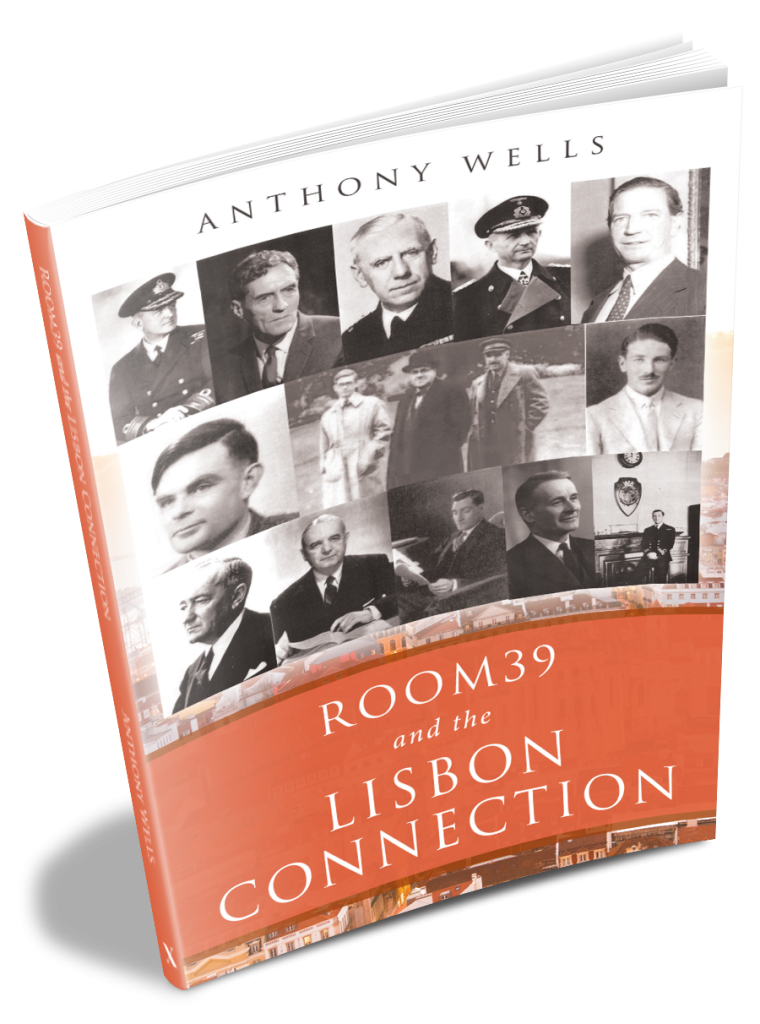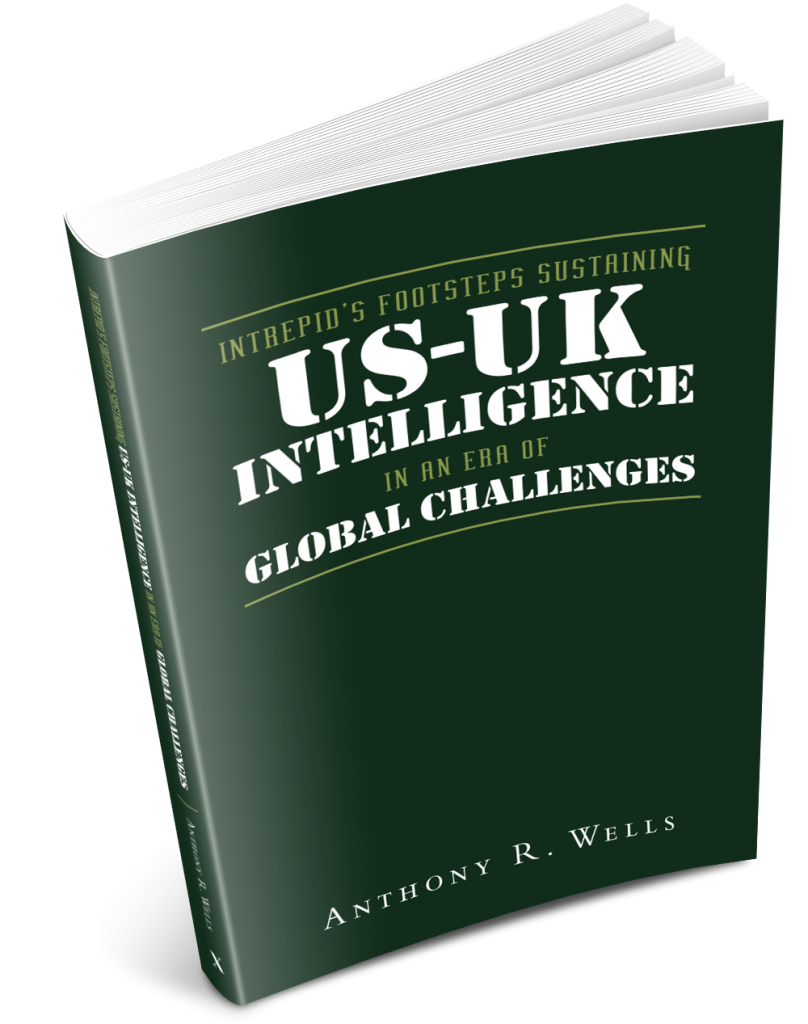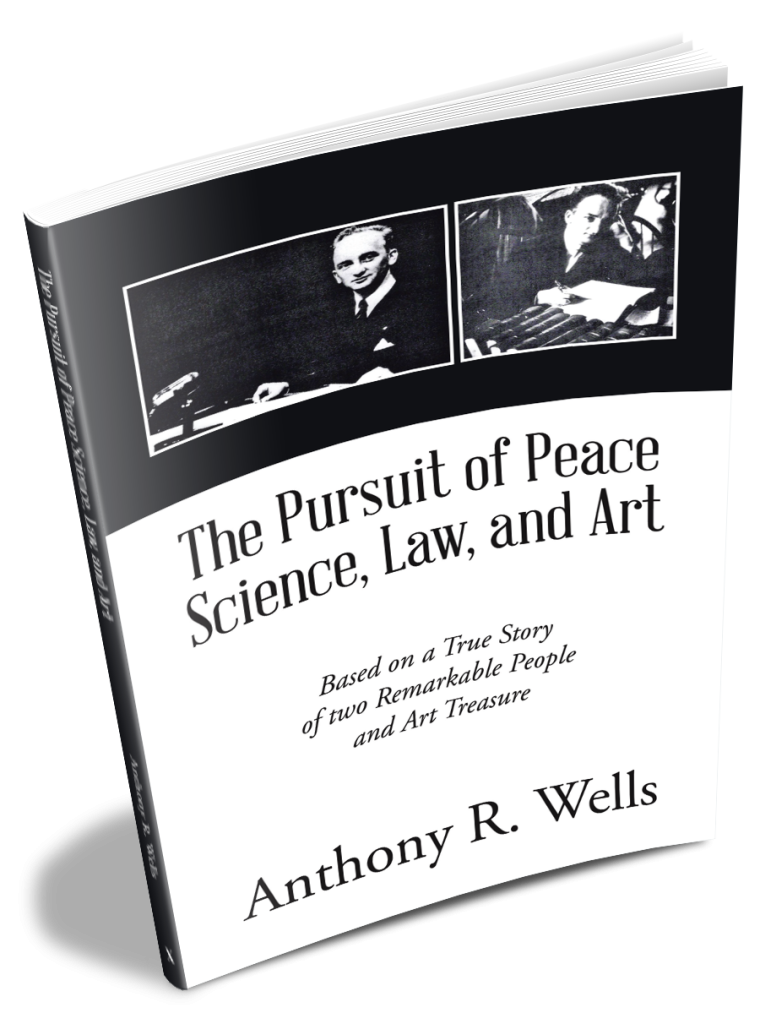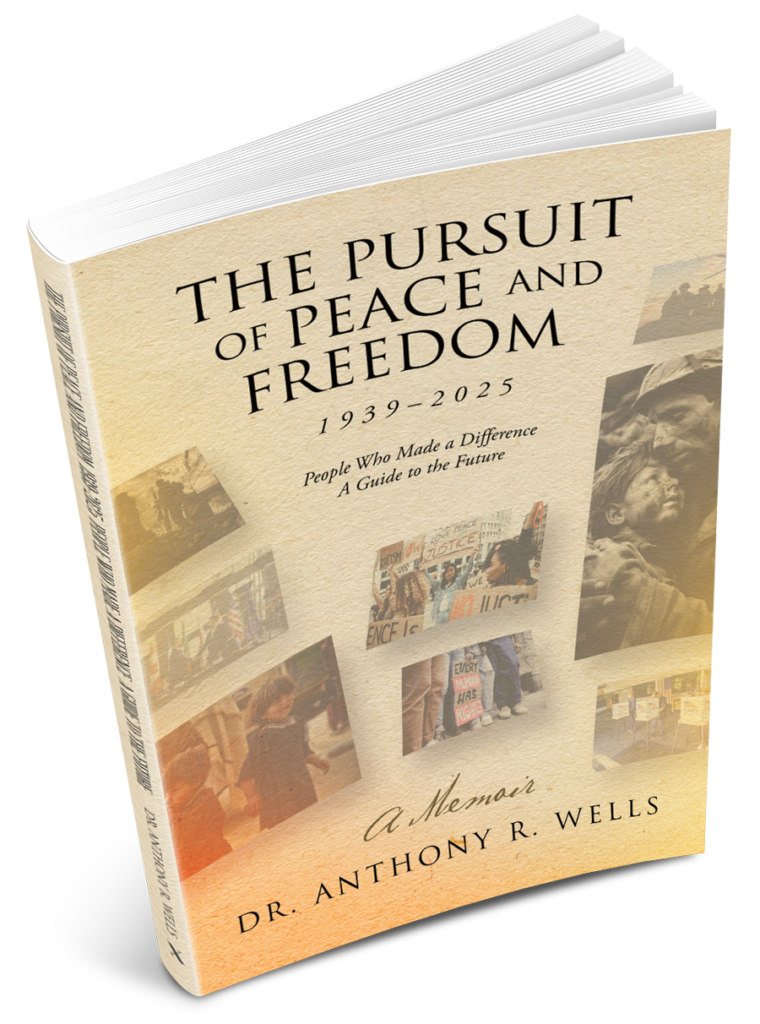About the Books

Room39 and the Lisbon Connection
This is a novel that brings together the career of Ian Fleming in British Naval Intelligence during World War II and how his activities in Portugal, and Lisbon in particular, not only shaped his future James Bond novel plots, but developed in detail the character of James Bond himself. The story unfolds from the famous Room 39 in the British Admiralty and introduces a key character who was Fleming’s boss and became the role model for M in the Bond novels, Vice Admiral John Godfrey, CB, Director of Naval Intelligence, in the critical years 1939–1942. However, this novel is more than this. It takes the reader into the center of one of Winston’s Churchill’s greatest strategic concerns until the Nazi era began to implode after D-Day and the Soviet success at the Battle of Stalingrad.
Gone to Earth A Young American Woman Disappears in the South Pacific
For Mercedes “Mercy” Crimmins Ewing, a young twenty-year-old American woman who is fit, healthy, and attractive, Zermatt is her dream ski resort. With her twenty-first birthday looming on July 19, 1977, she had the resources to enjoy the finest of Zermatt hotels, the Zermatterhof.
Her wealthy parents funded her expensive lifestyle and international travel. Her father, William “Buck” Ewing, sent funds whenever and wherever needed. Mercy wanted very little materially; in fact, she wanted nothing. She had all that a young twenty-year-old could wish for in 1977. Though there was one very significant and abiding void or gap in this fine young woman’s inner personal needs and desires. Only time would tell whether the absence of true love between her and her large family of mother, father, and siblings could be bridged. On the highest slopes below the Matterhorn, on a cold, crisp day, with the sun gleaming and the small chalet restaurants below awaiting tired skiers in need of rest and refreshment, could Mercy find within herself a way ahead with her estranged wealthy and controlling father?


Guarding against Extremism in the 21st Century
Anthony Wells shows in graphic terms how extremism can develop in a democratic and educated society with strong cultural and religious traditions and values. A wide range of critical factors is examined that show how extremism can take root, grow, recruit all ages, and take total control of society. Dr. Wells reveals how extremism can take root by devious and nefarious means in an era of electronic communications and an Internet that connects the world, and therefore outside influences on those whose intent is to create and pursue extremism. Media controls and influences are shown as means to absolutist ends and demagoguery as the means to evil ends. We are graphically reminded that controlling public opinion by controlling media and all democratic outlets across all aspects of societal domains can deny the freedom of speech that is the sacred right of American society. Extremism can grow like a cancer, suddenly, without warning in some cases, and is there, unchallenged because of the very nature of a free society protected by the First Amendment. This is a must read book to ensure that we are all aware of the present dangers and how we may successfully anticipate and guard against extremism.
Intrepid’s Footsteps Sustaining US-UK Intelligence in an Era of Global Challenges
This book links the critical World War II roles and missions of Sir William Stephenson, “Intrepid,” with the decades since, until the present, showing the extraordinary continuity of cooperation of US and British Intelligence.
William Stephenson (January 23, 1897–January 31, 1989), whose World War II codename was “Intrepid,” was a Canadian soldier, airman, businessman, inventor, and spymaster. He was Prime Minister Winston Churchill’s handpicked security coordinator for the entire western hemisphere during World War II. He was born in Winnipeg, Manitoba, and died aged ninety-two on the Goldeneye Estate in Tucker’s Town, Bermuda. He was Churchill’s key person for delivering scientific and intelligence secrets directly from the prime minister to Pres. Franklin Roosevelt. He helped Roosevelt and his closest advisors in changing American public opinion from an isolationist position to a more aggressive stance regarding the Nazi threat.
The hope and objective at the conclusion of this book is for readers to appreciate not just the continuity of the past through to the present but also the “why, what, and how” US-UK Intelligence may work successfully in the future in the great traditions of the past and in the “Footsteps of Intrepid.” Everyone can contribute through dialogue in an open society where security is still paramount and also where open dialogue is equally valuable and permissible, particularly in an era of “open sources.”


The Pursuit of Peace Science, Law, and Art
The years 2022-2023 witnessed tragedies on a huge scale precipitated by human weakness, folly, and wickedness, exacerbated by nature that caused catastrophic earthquakes, hurricanes, floods, and destruction and loss of life on enormous scales. Dominating this era of destruction was the February, 2022 Russian invasion of Ukraine followed in October, 2023 by a Middle East crisis and war of enormous proportions.
These events brought into sharp focus the precipitous, reckless, and thoroughly evil actions of a relatively very small number of human beings that led and instigated actions that have caused the deaths of hundreds of thousands of innocent human beings, caught up in events not of their choosing.
The sum of the parts make the whole, and each of us, each individual can make a difference. We can collectively change the world for the better, countering the evil worst intentions and actions of those who precipitate death, destruction, and human suffering on enormous scales. History is replete with those who made a difference and showed and led the way to peace and harmony. This story is about how two individuals, in totally widely different ways, can make a difference. To these two lives is added the dimension of a crucial human endeavor that has marked our progress and development since the earliest times, the role of art as a human virtue, a creative life form that underlies humankind’s ability to come to terms with our existence and our progress through time. The art aspect is very different, seen through the lens of good and bad, and unified in the theme of achieving peace and that which is right after turmoil, and downright evil.
The story challenges us to review our world, and what each of us may do to enhance peace, to look beyond the daily routine that most of us follow by the sheer nature of our circumstances and find ways and means by which we may all contribute, albeit perhaps in small, maybe insignificant ways in the greater scheme of things, though nonetheless significant. The reason is simple. Each of us can make a difference in our own individual way, and together, collectively, the sum of us all can truly make a huge difference.
The pursuit of peace is not an imagery ideal. It is a fundamental necessity that behooves us all to help maintain for the sake of our world, children, grandchildren and all those whom we love and care about.
The Pursuit of Peace
and Freedom 1939–2025 People Who Made a Difference A Guide to the Future
Dr. Anthony Wells provides us with illuminating insights into the lives and impact of wonderful men and women who helped sustain peace in the most challenging times from 1939 until today. Dr. Wells shows how a wide range of people contributing in the most difficult times, often at great personal risk, to face what in many cases were overwhelming odds. His book is both inspiring and complete with detailed portrayals of how all of us in our own individual and independent ways may contribute to maintaining the peace of the world. At a time when the world faces crises in the Middle East, Ukraine, Africa, and East Asia, it is timely that readers may be encouraged by Dr. Wells’ perceptive and knowledgeable examples of such a wide range of people who contributed at different levels and in so many diverse ways in sustaining the peace of our world.






